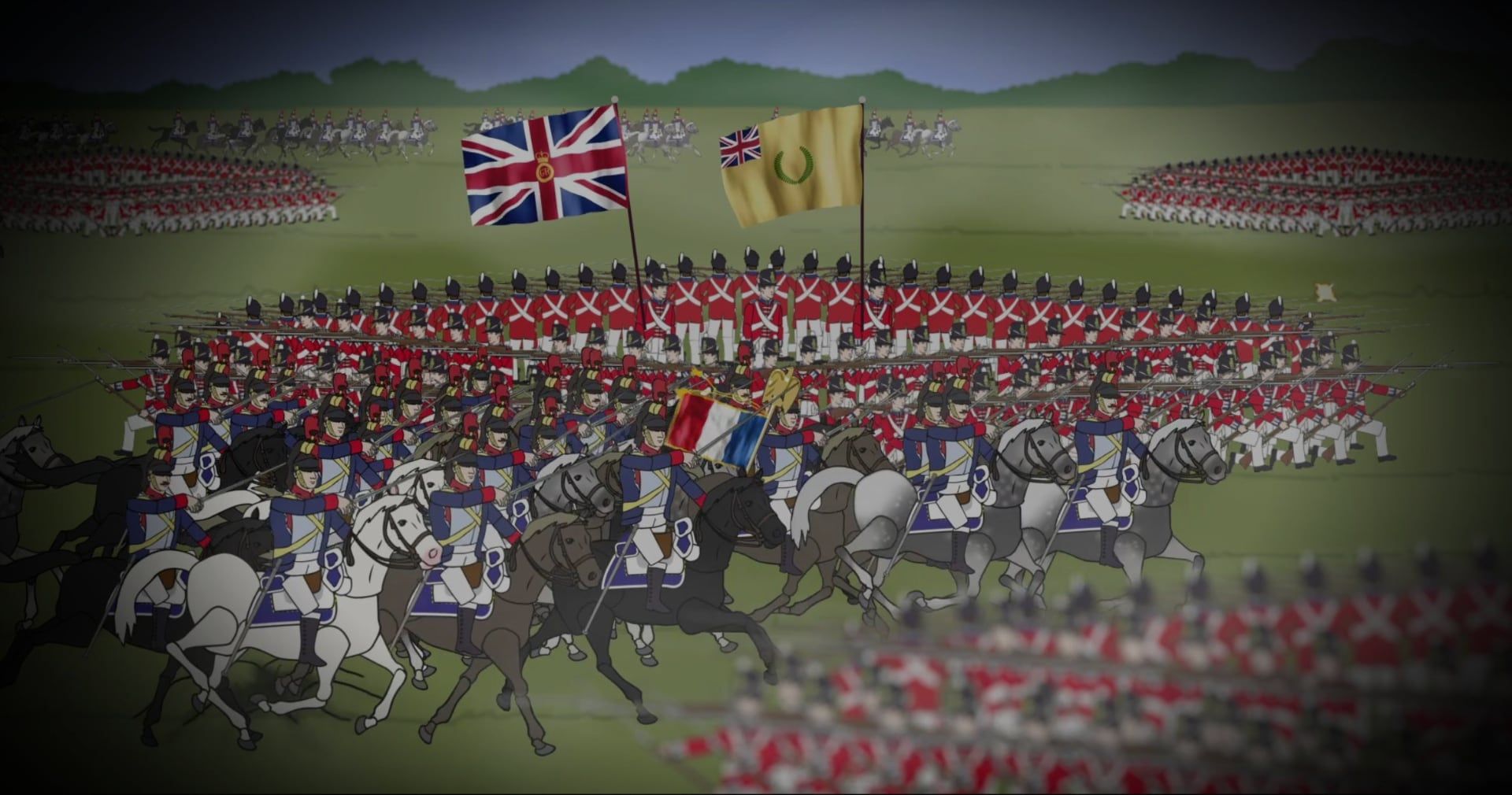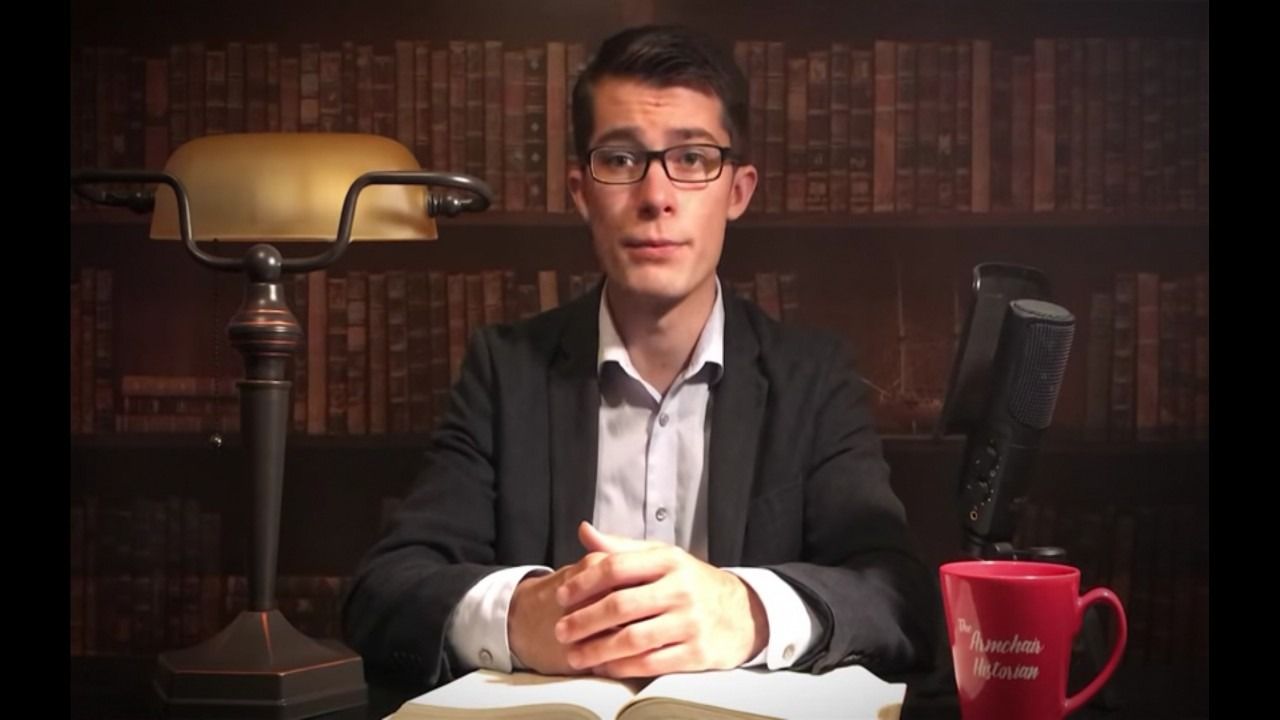The Armchair Historian, a popular YouTube content creator with a flair for creating high-quality videos on the subject of historical events, has quit producing content on the platform due to an aggressive campaign of demonetization that has crippled his ability to continue producing content. With nearly 450,000 subscribers, the channel has received widespread praise for the content created, but this news is indicative of YouTube’s larger issues.
YouTube has risen to great heights on the backs of its many content creators, but ongoing issues with regards to monetization have struck fatal blows to many from which there is no way to recover. The Armchair Historian’s founder and producer, Griffin Johnsen, spoke candidly about the ongoing problems that are forcing him to shutter production of future content unless YouTube changes the way it mistreats is creators.
In summary, Johnsen described how for the past few months YouTube has continuously demonetized videos that were previously approved to be monetized. When videos become demonetized there is no warning or notification from YouTube, and content creators are left to figure it out on their own.
Johnsen goes on to explain that content creators who push videos daily may not necessarily feel severe effects, but the same is not true for his channel. On average, he states that The Armchair Historian only produces two videos a month, which take considerable amount of time to research, script, record, animate, and edit. To demonetize the only two videos made in a month is devastating financially and prevents the channel from reaching new audiences.
Johnsen went on to state:
“It takes a lot of time to make the videos, and so if they’re all going to get completely shut down, I don’t see a point in continuing…I’m not officially shutting down the channel in officially quitting, you don’t have to wish me good luck in the future, or whatever. But, what I will say if this doesn’t get resolved, and at the current moment it’s not resolved, I’m going to unlist all these videos. I’m done making content…if we sort this out, we can, but for the time being I can’t waste my time anymore doing this, and I need to look for something else.”
Soon fans of the channel will be able to find the content that currently exists on Thearmchairhistorian.com, but it appears that no new content will be forthcoming under the current monetization methods of YouTube.
For the unfamiliar, YouTube has now been dealing with the backlash of its monetization changes for years. The first major signs of trouble began in 2016 in response to a video by PewDiePie, one of the most successful YouTube content creators of all time. A Wall Street Journal report that he had posted a video with anti-Semitic imagery and language. This resulted in YouTube first implementing aggressive policies that gave its advertisers control over the placement of ads.
Following this, many noticed large dips in ad revenue as the policy allowed advertisers to pull adds easily from anything they might remotely find offensive. The problems continued in 2017 when Logan Paul uploaded a video that showed the body of a man who had committed suicide in Japan. The result to content creators were stringent conditions that had to be met before any ad revenue could be obtained, which drove away many smaller creators.
The most recent change to monetization came when Vox commentator Carlos Maza complained about conservative talk show host Steven Crowder, who made vile anti-LGBTQ+ statements on his channel. The result here was another sharp decline in the ability for creators to make revenue from ads, as any channel that even mentioned topics that could be slightly conservative would be flagged by YouTube's algorithm. This means that a channel covering the rise of racism and another that is actively racist would both be treated similarly, and the winner is the one with the financial backing to survive.
For now, we all wish that The Armchair Historian finds a way to continue making the same high-quality content as always but given YouTube’s history of how it treats its content creators, this may never be the case.
Source: learn.g2.com, thearmchairhistorian.com


